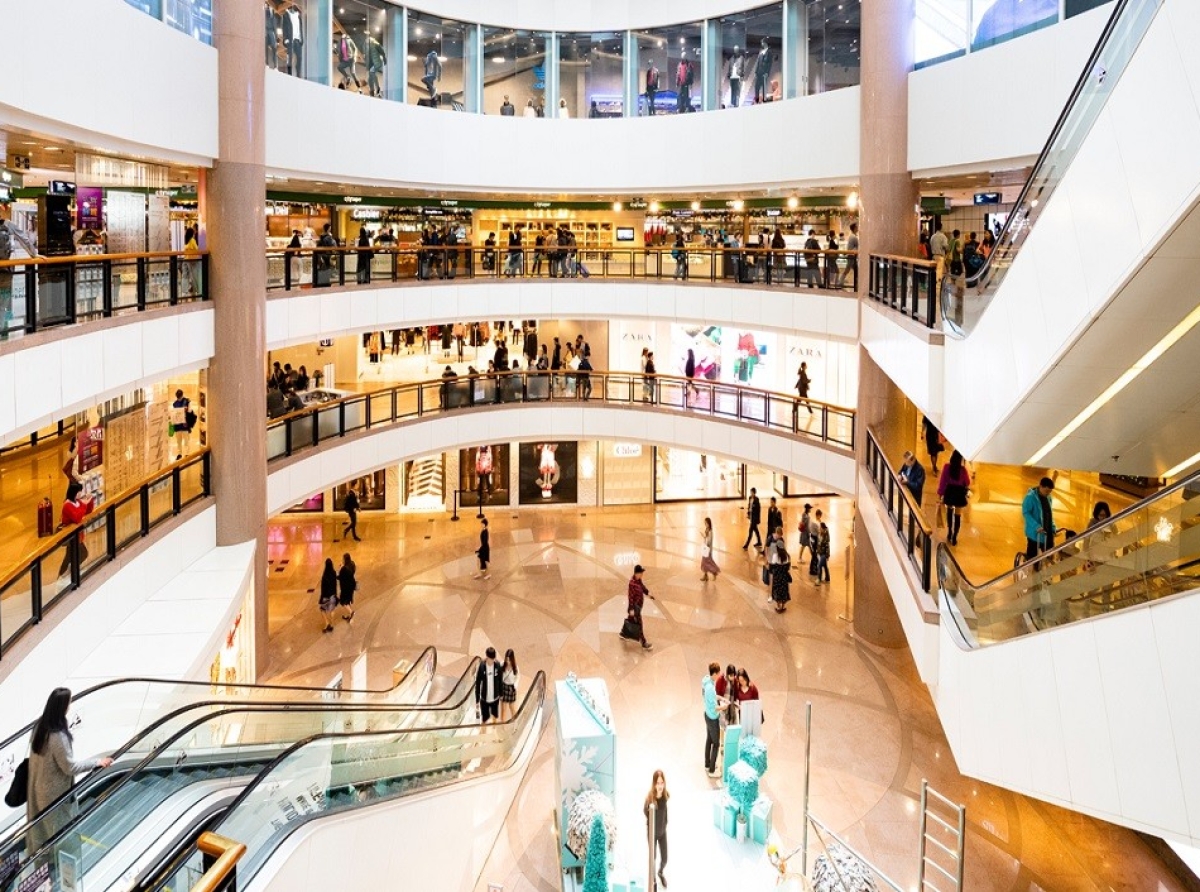India’s hybrid retail model sees a resurgence of high streets as malls continue to grow

India's apparel retail landscape is witnessing a fight for dominance between high streets and malls. While malls have long been the preferred destination for shoppers seeking a variety of brands and a curated experience, high streets are seeing a resurgence, due to factors like convenience, affordability, and a personalized shopping experience.
High streets on the rise
High streets are gaining momentum, particularly in Tier II and III cities. The catalyst for growth are many while a growing middle class with higher spending power is driving demand for fashion and apparel in smaller cities. What works for high streets is their convenience and accessibility for local shoppers compared to malls, which are often located on the outskirts of cities. And lower rents and operational costs allow retailers to offer more competitive prices and achieve higher profit margins.
High street retailers mostly have strong community ties and offer personalized service and customized products. What’s more, now high streets are offering competitive retail experience, challenging the dominance of malls. Premium domestic brands including Taneira, Fabindia, American Eagle are looking at high streets for opening new stores even as several MNC brands like Tommy Hilfiger and Jack & Jones are setting up shop on prominent high streets.
A recent study by Knight Frank highlighted that high street retail spaces in India generated an average of Rs 30,893 per sq. ft in 2023, significantly higher than the average for malls. While big brands like Zara avoided high street stores, post-Covid the scenario has changed significantly. With some high streets revamping their parking facilities and offering wider walking bays many retailers including luxury brands are now opening stores there.
Abhishek Sharma, Senior Director, Retail Agency at Knight Frank India points out, the number of luxury brands on high streets has gone up significantly post-Covid. If 100 luxury brands opened shops on high streets pre-Covid, now the number is almost 135 to 140. For example, Brooks Brothers recently opened a store in Bengaluru’s 100 Feet Road, a reflection of the growing popularity of high streets.
Also, the success of local fashion brands like Citykart illustrates the potential of high streets. Citykart, with its focus on affordable fashion and a strong presence in Tier II and III cities, has achieved remarkable growth through its high street strategy.
Table: High streets vs malls
|
Metric |
High Streets |
Malls |
|
Growth Rate (2023) |
12% |
8% |
|
Average Rental (per sq ft) |
Rs 30,893 |
Rs 25,000 |
|
Occupancy Rate |
90% |
85% |
While malls offer higher footfall, high streets can be more profitable due to lower operating costs. Malls generally drive higher sales volumes due to the concentration of shoppers and diverse brand offerings. However, high streets offer higher profit margins due to lower rents and operational costs, even with potentially lower sales volumes. As Anuj Kejriwal, CEO & MD of Anarock Retail points out, occupancy cost has traditionally been higher in malls than in high streets. However, the gap has been reduced significantly for both models to come at par led by the changing dynamics of consumer approach.
The bottomline is high streets are gaining prominence due to evolving consumer preferences and urban regeneration initiatives. Malls face challenges with increasing competition and changing demographics. At the same time, malls remain popular as they provide a one-stop shopping and entertainment destination. However, well-planned high streets with a strong local focus are also emerging in these cities.
The future of fashion retail in India is likely to be a hybrid model, with both high streets and malls co-existing. High streets are expected to continue their growth, with consumer demand for unique experiences and brand-centric environments. Malls will need to adapt by offering more experiential retail, curated brand mixes, and omnichannel strategies to remain competitive.
























